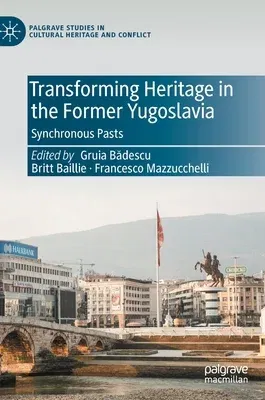Transforming Heritage in the Former Yugoslavia: Synchronous Pasts (2021)Hardcover - 2021, 13 August 2021

Qty
1
Turbo
Ships in 2 - 3 days
In Stock
Free Delivery
Cash on Delivery
15 Days
Free Returns
Secure Checkout

Part of Series
Palgrave Studies in Cultural Heritage and Conflict
Print Length
400 pages
Language
English
Publisher
Palgrave MacMillan
Date Published
13 Aug 2021
ISBN-10
3030764001
ISBN-13
9783030764005
Description
Product Details
Book Edition:
2021
Book Format:
Hardcover
Country of Origin:
NL
Date Published:
13 August 2021
Dimensions:
21.01 x
14.81 x
2.39 cm
Genre:
Russian
ISBN-10:
3030764001
ISBN-13:
9783030764005
Language:
English
Location:
Cham
Pages:
400
Publisher:
Weight:
653.17 gm